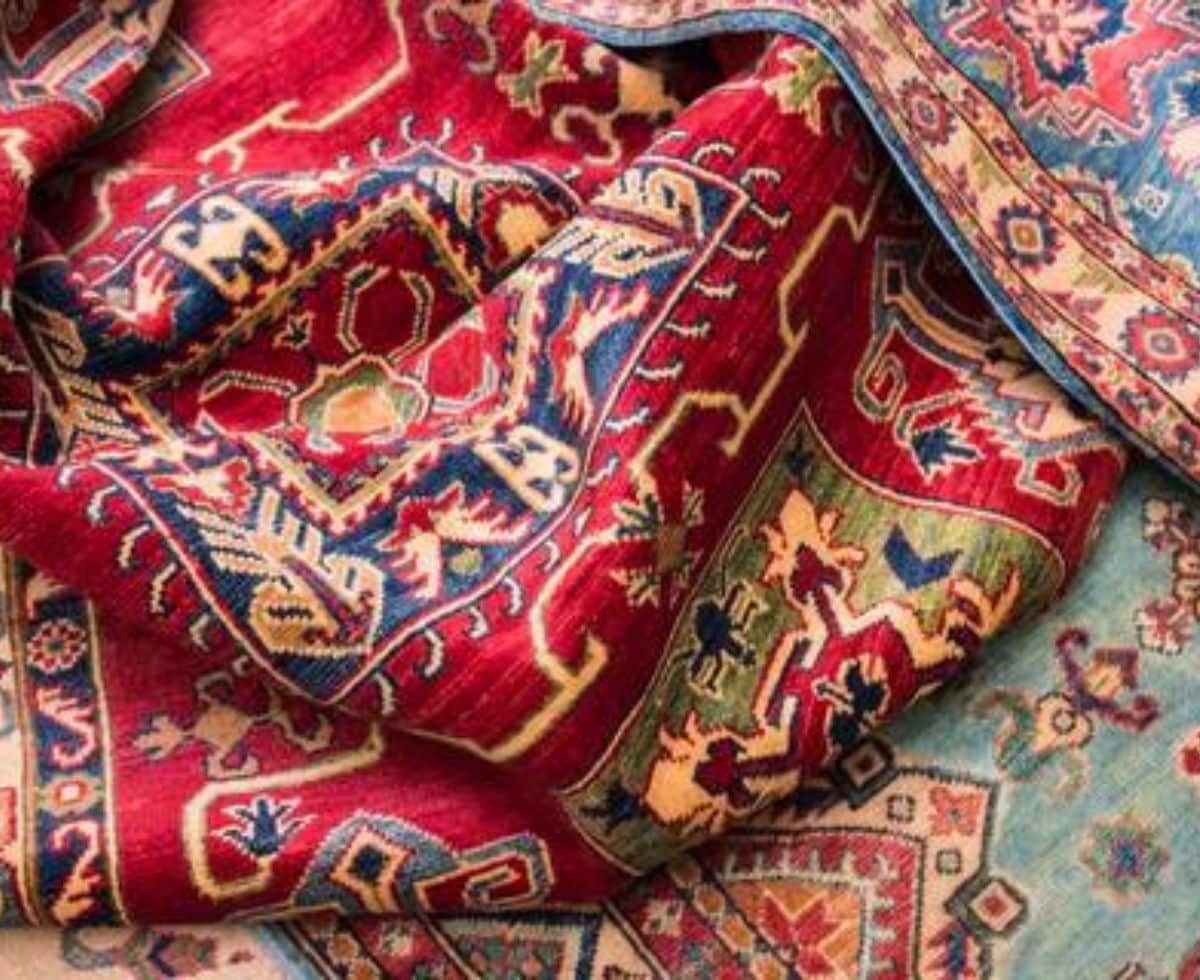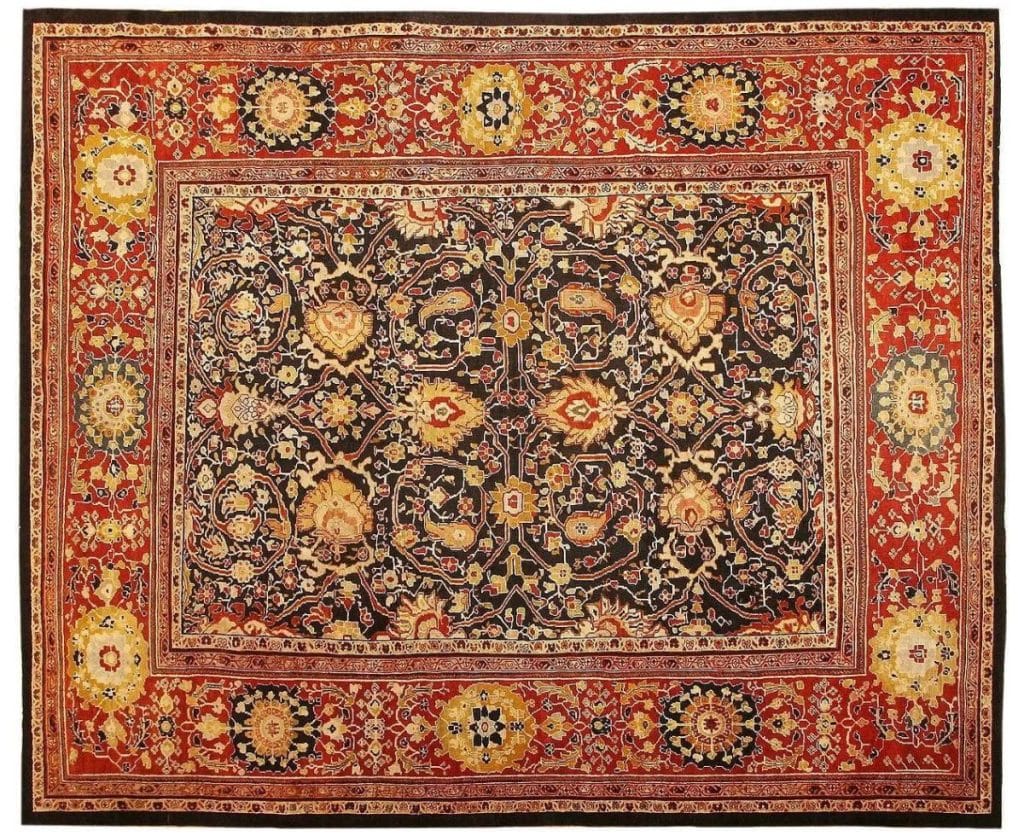When it comes to choosing a rug for your home, the terms ‘Persian’ and ‘Oriental’ are often used interchangeably. However, there are distinct differences between Persian rugs and Oriental rugs, from their origins to their intricate designs. Understanding these differences in Persian Rugs Vs Oriental Rugs can help you make an informed decision and appreciate the unique qualities of each type.
In this article, we will delve into the world of Persian and Oriental rugs, exploring their history, craftsmanship, and distinguishing features.
Understanding the Basics: What Are Persian Rugs?
Persian rugs are renowned for their intricate patterns, exceptional quality, and rich history. Originating from Iran (formerly known as Persia), these rugs are handcrafted by skilled artisans using traditional techniques passed down through generations.
History and Origin of Persian Rugs
The art of Persian rug-making dates back over 2,500 years. Ancient Persian rugs were crafted to adorn royal courts and palaces, showcasing the weavers’ incredible skill and creativity. Each region in Iran developed its own distinctive style, resulting in a diverse range of patterns and designs.
Craftsmanship and Materials
Persian rugs are typically made from high-quality wool, silk, or a combination of both. The wool used is often sourced from local sheep, known for their fine and durable fibers. The process of creating a Persian rug involves meticulous hand-knotting, with each knot tied individually to form intricate patterns. The density of knots per square inch is a key indicator of a rug’s quality and durability.
What Defines an Oriental Rug?
Oriental rugs encompass a broader category that includes rugs from various countries in the East, including China, India, Pakistan, and Turkey. While Persian rugs are a subset of Oriental rugs, not all Oriental rugs are Persian.
Historical Context and Diversity
Oriental rugs have a rich history that spans several centuries and cultures. Each region has developed its own unique weaving techniques and design motifs. For example, Turkish rugs are known for their bold geometric patterns, while Chinese rugs often feature intricate floral designs and symbolic motifs.
Materials and Weaving Techniques
Like Persian rugs, Oriental rugs are made from natural fibers such as wool, silk, and cotton. The weaving techniques vary widely, with some regions favoring flat-weave methods while others use pile weaving. The type of weave, materials used, and knot density all contribute to the rug’s final appearance and texture.
Key Differences Between Persian and Oriental Rugs
While Persian and Oriental rugs share some similarities, there are several key differences that set them apart.
Design and Patterns
Persian rugs are known for their intricate, curvilinear designs, often featuring floral motifs, medallions, and arabesques. Each region in Iran has its own signature patterns, such as the Heriz rug’s bold geometric designs or the Isfahan rug’s delicate floral motifs.
Oriental rugs, on the other hand, exhibit a wider range of patterns and styles. Turkish rugs, for example, are known for their strong geometric designs, while Indian rugs may incorporate detailed floral and paisley patterns.
Color Schemes
The color palette of Persian rugs is often rich and varied, with deep reds, blues, and earthy tones predominating. Natural dyes derived from plants, insects, and minerals are traditionally used, giving the rugs their vibrant and long-lasting hues.
Oriental rugs also use natural dyes, but the color schemes can differ significantly based on the region. For instance, Chinese rugs might feature softer pastels and gold tones, whereas Turkish rugs often utilize bold, contrasting colors.
Craftsmanship and Knotting Techniques
Persian rugs are distinguished by their high knot density, which contributes to their detailed designs and durability. The asymmetrical (Persian) knot is commonly used, allowing for more intricate patterns.
Oriental rugs may use different knotting techniques, such as the symmetrical (Turkish) knot, which is more prevalent in Turkish and Caucasian rugs. The knot density and technique vary by region and can influence the rug’s texture and design complexity.
Why Choose Persian or Oriental Rugs?
Both Persian and Oriental rugs offer unique benefits and can be a valuable addition to any home. Your choice will depend on your personal preferences, aesthetic style, and the specific qualities you value in a rug.
Investment and Value
Persian rugs are often considered a long-term investment due to their exceptional craftsmanship and historical significance. High-quality Persian rugs can appreciate in value over time, making them not only a beautiful addition to your home but also a potential heirloom.
Oriental rugs, while also valuable, may offer a broader range of price points and styles. They provide an opportunity to own a piece of cultural artistry from different parts of the world.
Decorative Appeal
Persian rugs are ideal for creating a luxurious and sophisticated atmosphere. Their detailed patterns and rich colors can enhance the elegance of any room. Oriental rugs, with their diverse designs and colors, offer flexibility in matching various interior styles, from traditional to contemporary.
Shenasi Carpet: Your Source for Exquisite Rugs in Vancouver
For those in the Vancouver area, Shenasi Carpet offers an exceptional selection of both Persian and Oriental rugs. With a commitment to quality and authenticity, Shenasi Carpet provides handcrafted rugs that reflect the rich heritage and skilled craftsmanship of their origins. Whether you are looking for a stunning Persian rug to add a touch of elegance to your living room or a unique Oriental rug to complete your décor, Shenasi Carpet has the perfect piece to meet your needs.


